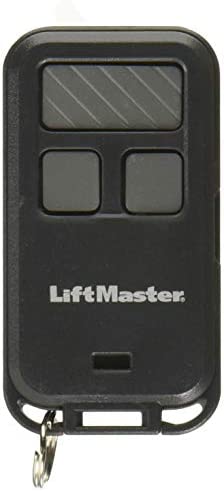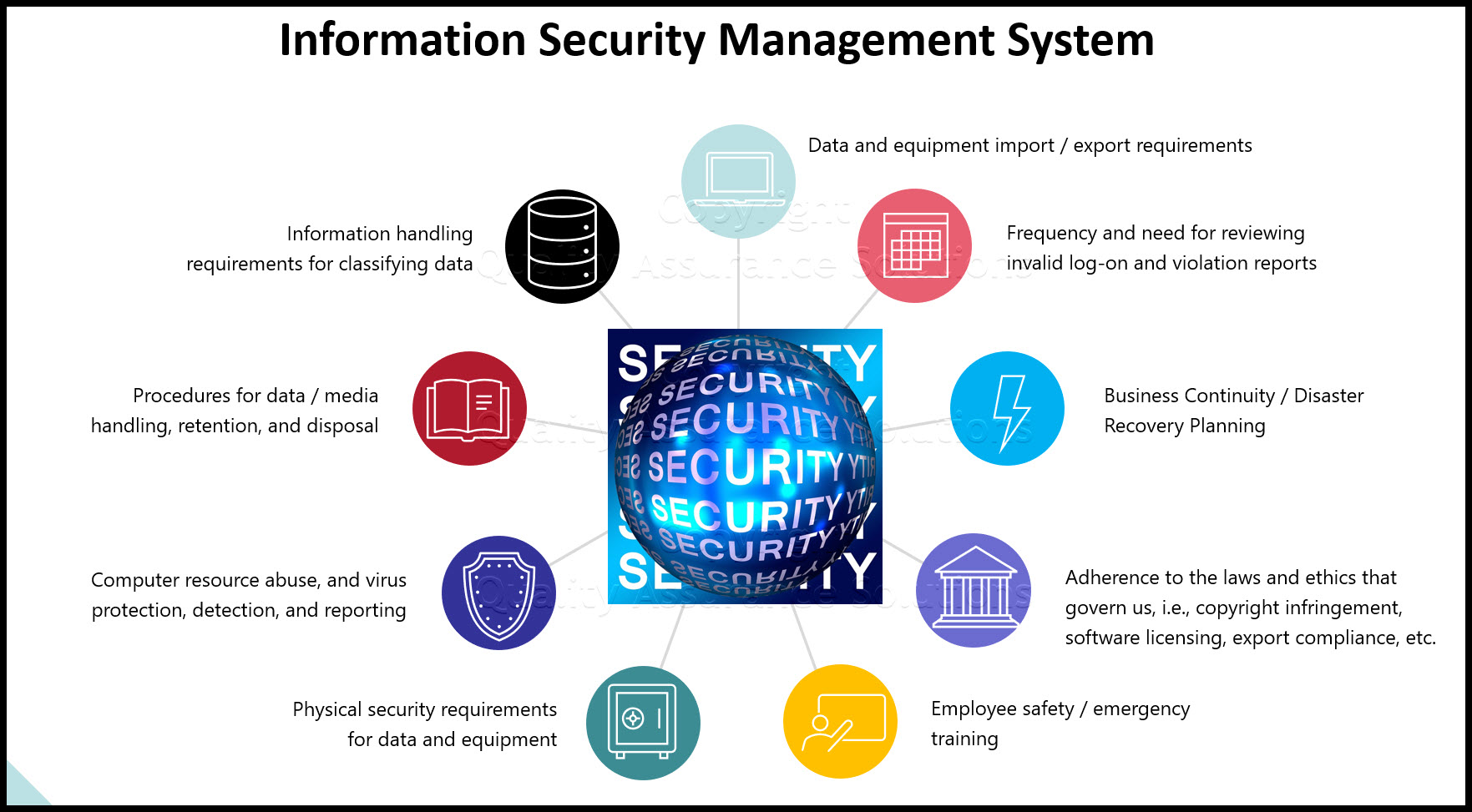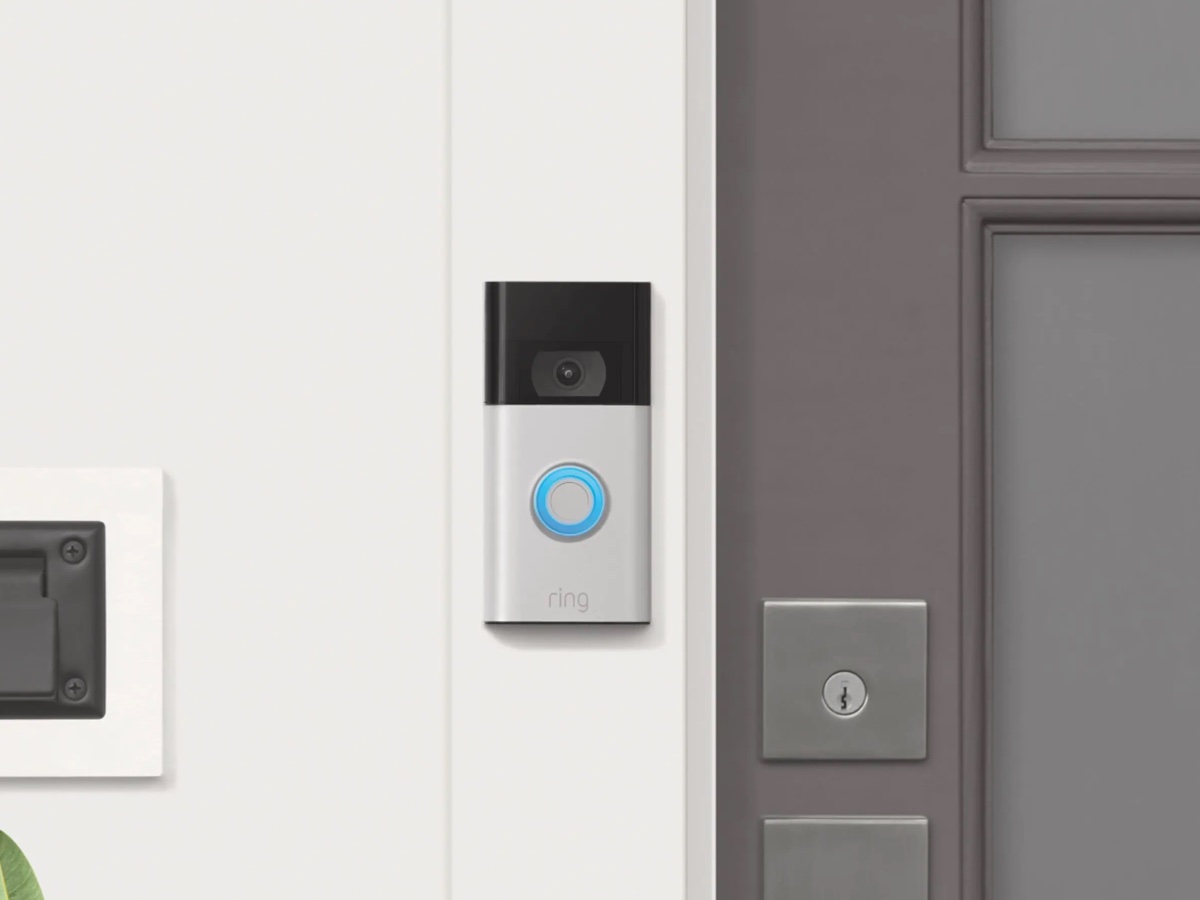
When it comes to affordable home security, there are a few different ways to go. There are three options for monitoring your home: professional, DIY, and self-monitoring. There are also short-term monitoring alternatives. All options are possible depending on your security needs. Consider your budget when choosing the right option for you security needs.
DIY home security
These DIY home security systems were designed to be simple to install. They are typically composed of a keyboard with a separate hub, and an alarm siren. These systems can be easily installed without the need for tools. For installation of a system with cameras, however, you will need both a dualband Wi-Fi network as well as sufficient bandwidth to support streaming video.
DIY home security systems can be an excellent choice for homeowners who would like to personalize their system. You may be able to move one camera, or upgrade to a more advanced model. You can easily modify DIY systems to fit your needs, as they don’t require any complicated hardwiring.

Professional monitoring
If you are worried about burglary, professional monitoring can help. With professional monitoring, your home is monitored by professionals who will notify local authorities if the alarm is set off. You may also be able to use the on-demand monitoring service offered by some companies. These services are generally less expensive and provide better coverage.
Professional monitoring does nothing to prevent crime, or make it more likely that someone will be arrested. However, it does provide peace of head. This is especially important during emergency situations. It is possible for a small fire to quickly become a large fire and you do not want to endanger the safety of your loved ones and possessions. Professional monitoring is also a way to ensure someone else is watching your property when you're not there.
Self-monitoring
Installing self-monitoring home security system is easy. Many of them can be installed yourself. It is simple to install and there won't be a monthly charge. The best thing is that you don't have pay a professional monitoring company. Instead, you'll receive alerts if something is amiss and be able to contact the police or emergency services.
Consider the cost of a home-security system. A warranty and return policy should be included. While most self-monitoring services cost less than a few dollars a month, some systems do require a subscription fee to access the camera footage or smartphone access.

Monitoring options for short-term purposes
There are many choices available for homeowners looking to save money on their home security system. One option is to install and monitor the system yourself. This can help you save significant money as it allows you to monitor your system for only a few dollars each month. This option comes with a few drawbacks. One disadvantage is that you don't have the ability to monitor the system at all time. You may be unaware of problems when you're away from your home. This can leave you vulnerable to intruders who might break into your home when you are not around.
You can also subscribe to a short term monitoring plan. This option is great for new homeowners who don’t want to sign up for a long monitoring agreement. Depending on which company you choose, the monthly fee could be anywhere from $30 to 45 dollars per month.
FAQ
Which home alarm system features are the best?
The Ring Video Doorbell Pro has the most features out of all thehome security systems we reviewed. It allows you to see who is at the door, chat with them, and even record videos. It also comes with a free cloud storage service so you can save any recordings you make.
What is the distinction between surveillance cameras and security cameras?
Surveillance cameras can be used for surveillance purposes while security cameras can be used for protection.
Each camera has its advantages and disadvantages. Their main differences are the types of images they capture. Surveillance camera record video in slow-motion so you can follow what's happening live. However, security cameras record only video and still photos, which can then be reviewed later.
How much does an effective home security system set you back?
A home security system is about $2,500. Although it may seem expensive, the benefits of a secure and safe home are worth every penny.
Which home surveillance camera system is best?
You should invest in a home security system that includes cameras to protect your family and property from potential criminals. These systems are simple to use and offer great benefits for homeowners as well as renters. You can monitor your property remotely using your smartphone or tablet, computer, and other mobile devices.
What is the easiest way to set up a home security system?
Home security systems that don’t require any installation are the best. These are "plug-and-play" systems that work like magic. Just plug them into the power outlets and connect to the internet via a router wireless. Once you have connected everything, it will be possible to access it from anywhere on the planet.
Do I really require a home security system?
Home security systems are essential if you have a home. You don't have to be worried about a burglar breaking into your home. They'll steal everything, even valuable electronics. You can leave your doors unlocked and they'll take everything.
A home security system can protect your home by sending alerts to you when anything happens. You can view the recorded footage and receive alerts from your mobile device when motion is detected.
You can use a DIY camera to replace a costly home security system. These devices let you see who's at the front door and send you notifications when they enter or exit. These devices will not help stop intruders entering your home.
Statistics
- Depending on your insurance, 24/7 professional monitoring may qualify you for as much as 15% off your premium. (safewise.com)
- (In my experience, the discount on my home insurance covered about 25 percent of the subscription of an average plan, but your mileage may vary depending on your location and the size of your home.) (theverge.com)
- Most home security companies will charge you around 75% of the remaining term of your contract if you cancel early—and some require 100%.Related questionsWhat type of contract length can I expect from security providers?Home security system cancellation (safewise.com)
- Unlike other online safety services that charge up to 100 percent of your monthly fee, Cove charges no upfront fees and has no hidden costs.
External Links
How To
How to Install an Home Security System
A home alarm system is a device which monitors your home and alerts when there's an activity. It could include a motion sensor or doorbell camera, smoke detectors, flood alarms, carbon monoxide detectors, burglar alarms, and flood alarms. A home security alarm system often includes one or two sensors (e.g., motion detections), which send signals to the control panel when they detect movement. These signals are sent to a control panel, where they can be monitored and recorded. If something goes wrong, like someone breaking in to your house, the control panels sends an alert to your phone or tablet, your computer, or voice assistant. You will be notified immediately and you can take immediate action.
It is important to choose the right type and size of sensors to fit your home before installing a security system. There are two main types of sensors: passive and active. Passive sensors don’t need batteries. Instead, they simply pick up sounds or vibrations from the environment. They include things like doorbells, sirens, and buzzers. Active sensors transmit data via electricity. These sensors include motion sensors and cameras.
There are many types of sensors on the market today. Each brand comes with its own pros and cons. For instance, some sensors can be weatherproof while others don't. Some have built-in speakers that allow you to hear them outside. Others only work inside. Some of these are very basic, while others have advanced features such night vision.
After selecting the right sensors for your property and deciding on a manufacturer, you will want to make a selection. This will ensure that your sensors are compatible. There should be many options at your local hardware store.
Once you've chosen a brand of sensors, you'll need to decide how many you want to buy. Depending on whether they live with family members or alone, most people purchase one or two sensors. You may want to consider purchasing more sensors in the future if possible.
Next, consider where you want to put your sensors. Are you looking for them to be near doors or windows? Or would you rather have them hidden? Before you place them on your property, make sure that you have permission. Make sure that they won't cause interference with any other electrical outlets.
Now that you know where you want to put your sensors, you'll need a way to connect them to your control panel. Depending on your setup you might need to buy a power adapter and/or battery pack. Once you have everything in place, your property can be monitored!